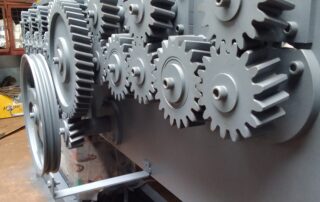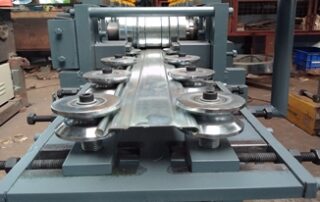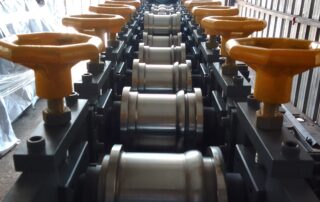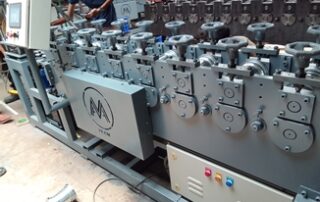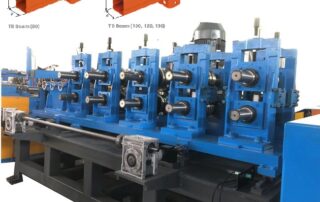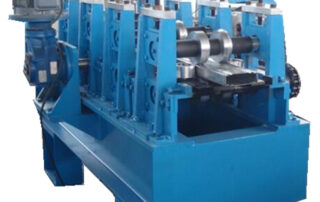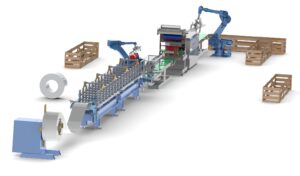
What do Pre-Cut and Post-Cut Mean?
A common question manufacturers face when starting or upgrading their roll forming processes revolves around the cutting process. Which is better for your shop and its end products: a pre-cut or post-cut system? If you’re not familiar with these terms, we will define them in this post while giving you an idea of which system might be best for your business.
Essentially, pre-cut systems feed a roll former a pre-cut blank that has a specific length. Post-cut systems, on the other hand, cut the length after the machine roll forms the part.There are a few versions of how these lines can be arranged, but generically speaking, in a pre-cut line, you have either hand-fed blanks or an uncoiler with a pre-cut type of device — either a press or some other device that is cutting the strips and feeding them into the roll former.
With a post-cut line, there is an uncoiler being fed off a coil into the roll former and then cut with a specific type of press after the piece has been roll formed.
Advantages of a pre-cut roll form line:
- Increased production and less downtime, since material is fed continuously through the roll former
- Typically, fewer forming stations are required, since there is no need for the material to self-thread
- After a new coil is threaded, the leading edge of the profile does not get deformed
- Tooling tends to wear longer between reconditioning, yielding more linear footage
- End flare, twist, camber and bow defects are easier to control
- Minor mill adjustments are possible with continuously fed material under load in the roll former
- Part lengths are not limited by mill specs (i.e. horizontal centers); if floor space is an issue, the parts can be run directly to the outside of the building
- Generally, it is less expensive to utilize an existing electronic feed system already used in the pre-shear, as opposed to adding a second post-cut press at the end of the mill
- Hand feeding strips is more economical for low-volume production
- Some notch configurations make it easier to run pre-cut strips
- Combination roll tooling that forms multiple strip widths does not require shear die changeover
- Parts with severe notches or complex cross-sections may not cut well after roll forming
